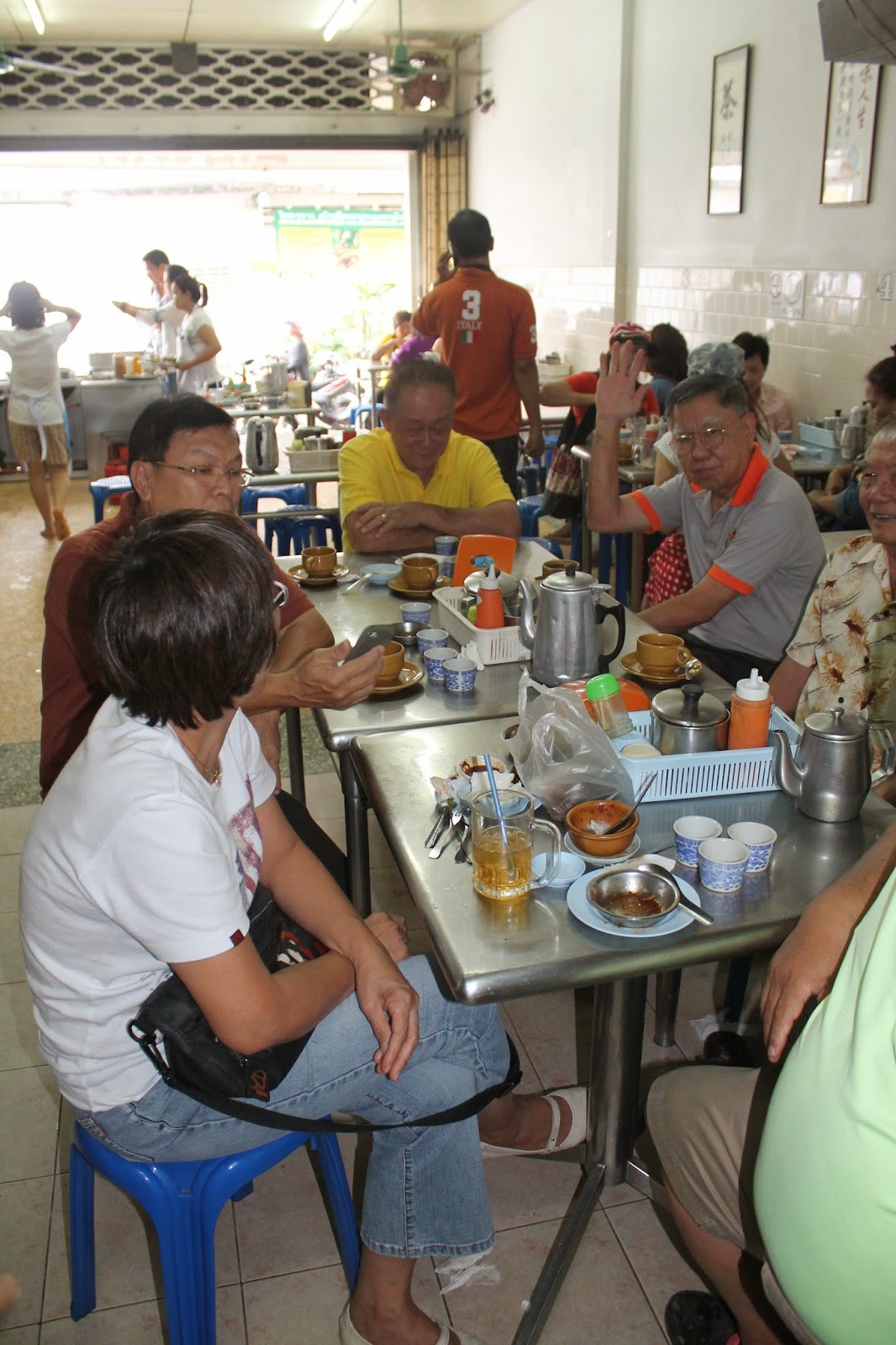The Tesagan Gin Je Festival is an annual celebration in honour of the Nine Emperor Gods, deities who control people’s destinies, according to some Thai Chinese Buddhist. The festival is commonly known as the Vegetarian Festival, and is celebrated in elaborately by the Thai-Chinese in Phuket, and other areas in Thailand that have significant Thai-Chinese populations. The festival attracts participants and voyeurs from around the world.
The origins of this Festival are shrouded in mystery. According to popular myths, the Tesagan Gin Je Festival in Phuket began in the middle of the nineteenth century. During this time there was a large Chinese population on the island residing in a town named Kathu, most of who had migrated to Phuket to work in tin mines.
Due to their expatriate lifestyle, the Chinese mine workers in Kathu were well-to-do and were in need of entertainment. A travelling Chinese theatre group visited the mining town and were well received. The troupe stayed in the Kathu for several months entertaining the mine workers. One day, all of the members of the troupe fell ill due to a mysterious illness. The members of the troupe believed that the illness was due to their lackadaisical attitude towards the observance of traditional Chinese cultural practices since their arrival in Phuket.
The members of the theatre group decided to engage in ritual vegetarianism and other traditional Chinese ceremonies in an attempt to appease their Gods and alleviate the symptoms of their illness. The members of the troupe were quickly and miraculously cured of their illness, to the surprise of their hosts. The Chinese inhabitants of the town performed the rites and rituals the following year, and found that the rituals had a positive effect upon their health and general well-being.
However, one resident of the town noticed that the rites and rituals were not being practiced exactly as tradition mandated, and volunteered to return to Kansai, China to acquire sacred items that would essentially persuade revered deities to inhabit their city. The townsfolk donated money for his journey, and the emissary departed. He returned a year later to a nearby pier with numerous sacred items in his possession, all to be placed within Kathu’s shrine; a large group of townsfolk greeted him at the pier and formed a procession, escorting the emissary back into Kathu, establishing the foundations of the Phuket Vegetarian Festival.
This origin story is lore, and possible discrepancies exits, however the fact is that this festival is celebrated by thousands of faithful with a level devotion that, in some cases, seems supernatural. The Phuket Vegetarian Festival that exists today is definitely not for the faint-hearted.
In order to mentally and physically prepare for participation in the festival’s various ceremonies, devotees must:
1. Abstain from killing any living creature.
2. Abstain from eating meat.
3. Abstain from committing theft.
4. Abstain from causing anyone physical or mental harm.
5. Abstain from deceiving people, and abstain from using obscene language.
6. Abstain from engaging in sexual intercourse or any flirtatious behaviour.
7. Abstain from consuming narcotics or alcohol.
8. Abstain from wearing fashion accessories made from metal or leather.
9. Abstain from gambling.
10. Not use the kitchen utensils or food containers of or have any meals with anyone not participating in the Vegetarian Festival ceremonies.
The festival features many sights and attractions, and can be a bit chaotic at times. Below is a list of some of the highlights of the festival:
1. In Phuket Town, a procession of possessed people will walk down the main street. The processions will include people in a trance-like state who have piercings through their faces of a variety of sizes, people who are skipping though the streets bearing gifts and sucking on baby bottles, people engaged in self-flagellation, and people who have various object sewn to their bodies.
2. Within this procession will be people carrying Chinese alters adorned with various deities. Spectators on the sides of the roads will throw fire-crackers at the procession.
3. In the morning the Chinese temples in the area are full of people being coaxed into a trance then pierced with objects that vary in size. This is referred to as a banishment ritual and is repeated any number of times.
4. In other areas of the town, people will run over strips of the street paved with hot coals. Others will bathe in hot oil, and others will climb up ladders with rungs made of knives.
All along the procession route will be spectators waiting to receive a blessing from one of the possessed.
The last night of the festival features a final procession through Phuket Town. The streets will be lined with hundreds of people who throw fireworks at the procession for nearly 6 hours. The procession will finish at Sapan Hin; after the head Mah Song (an unmarried person with no family whom invites spirits of the Gods to possess their bodies) leads the festival’s primary alter into the water, signifying the departure of the spirits of the Gods from the festivities.
The Cape Panwa Hotel provides vegetarian food in all of its restaurants, if you wish to participate. For a greater understanding of this Festival, we recommend reading ‘The Chinese Vegetarian Festival in Phuket’ by Erik Cohen.
Our Guest Relations Agent ‘TiminPhuket’ loves to visit cultural events in Phuket, so if you are staying at Cape Panwa Hotel and Spa feel free to ask him any questions you have about the island of Phuket.














































